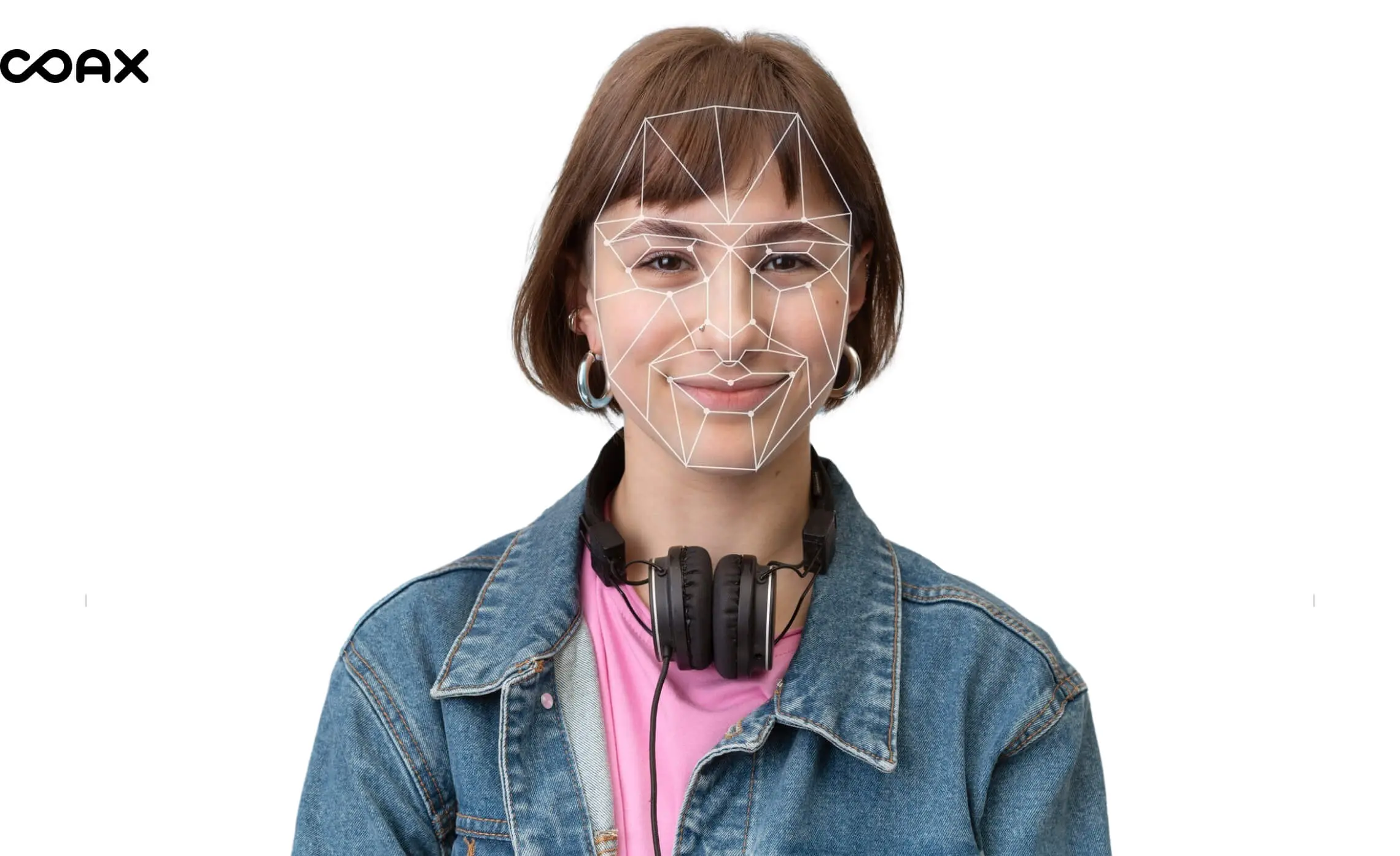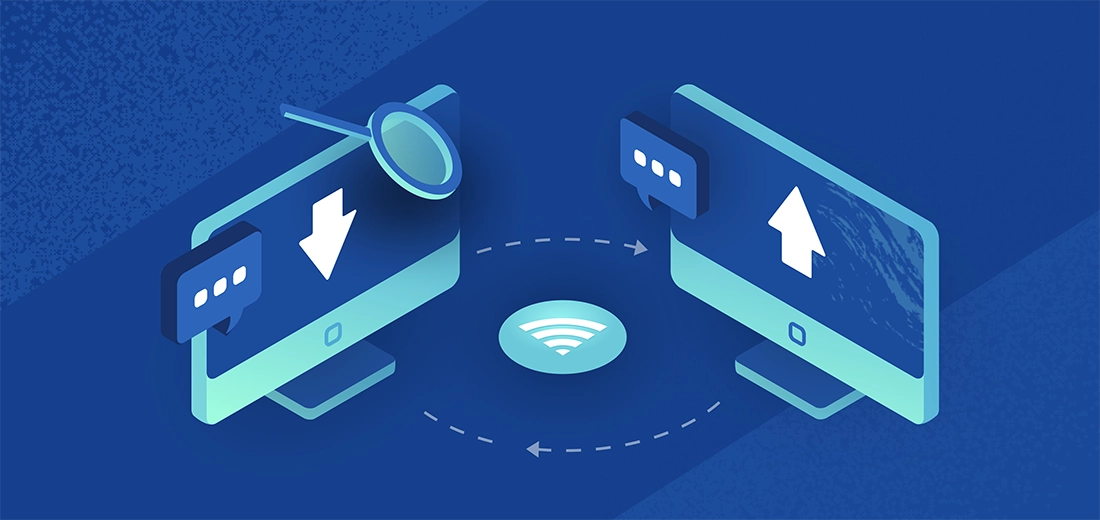A world where cameras on every corner know your face. Where you can unlock a smartphone with a glance, and criminals in a crowd can be identified in seconds. This once sounded dystopian, but today, thanks to face recognition technology, it has become a reality.
In recent years, facial recognition algorithms have evolved at breakneck speed. They have changed the way we think about security, privacy, and even what it means to be human.
Here, we will explore facial recognition technology, its opportunities and challenges, and when this technology will become even more powerful.
Where face recognition algorithms are used: Current trends
Face recognition technology is actively developing and finding more applications in various spheres. In 2024, human recognition systems are being used for:
- Security. Control of access to buildings and premises and identification of persons. Prevention of theft and other crimes. Recognition of criminals and search for missing persons.
- Law enforcement. Crime investigation, identification of suspects, surveillance of public places, traffic enforcement.
- Commerce. Authorizing payments, personalizing promotional offers, improving customer service, and analyzing customer behavior.
- Healthcare. Patient identification, medical records access control, disease diagnosis, and patient monitoring.
- Education. Control access to educational institutions. Authorize the use of educational materials, track attendance, and personalize learning.
- Public services. Issuance of documents, voting, receiving social benefits, and registration in state institutions.
- Entertainment. Access to content, personalization of recommendations, games, and social networking.
- Transportation. Biometric passenger identification with live facial recognition, vehicle access control, and fare automation.
- Inclusiveness. Helping people with disabilities, making the environment accessible.
- Innovation. Developing new applications and services, improving operational efficiency, and creating new capabilities.
More organizations are turning to artificial intelligence technology consultants every year, and the market for facial recognition algorithms is growing steadily. According to a report on an analysis of the facial recognition systems market by Grand View Research, it was valued at $5.15 billion in 2022. The market is also projected to grow at an average annual rate of 14.9% through 2030.












%20(1)%201.webp)



